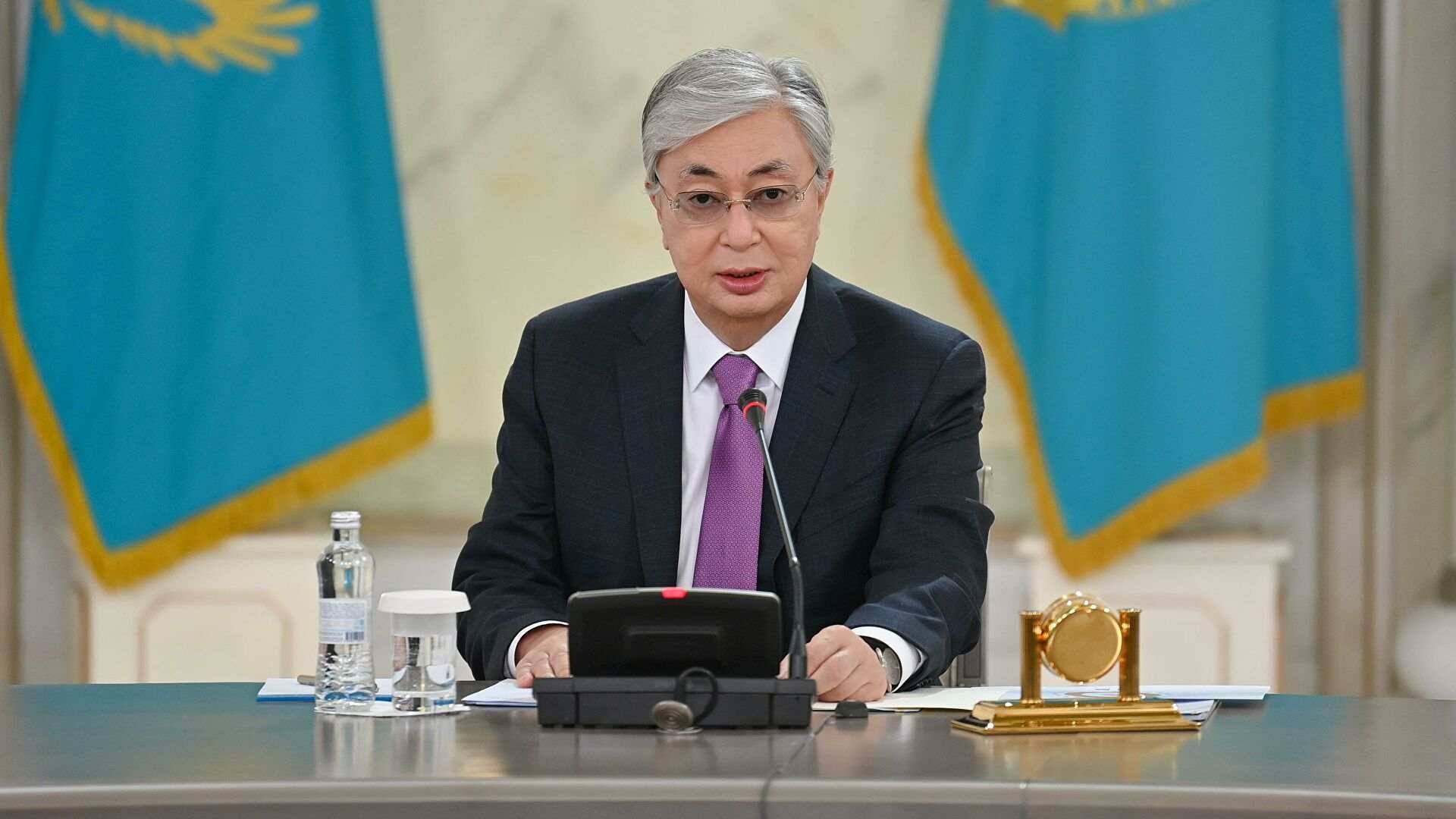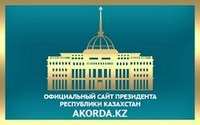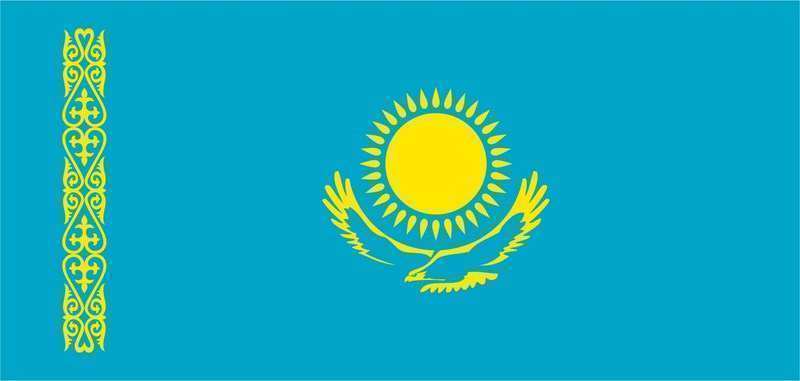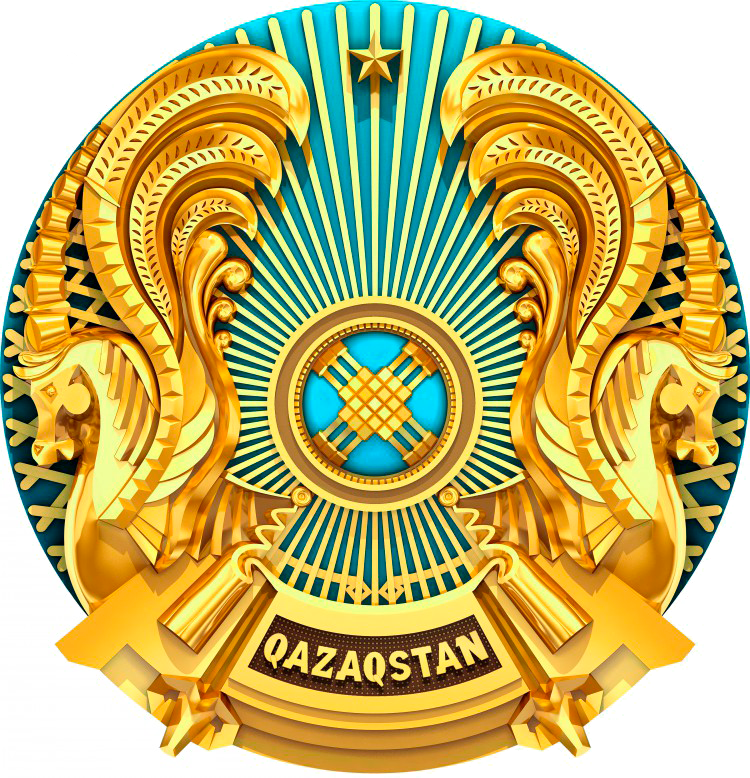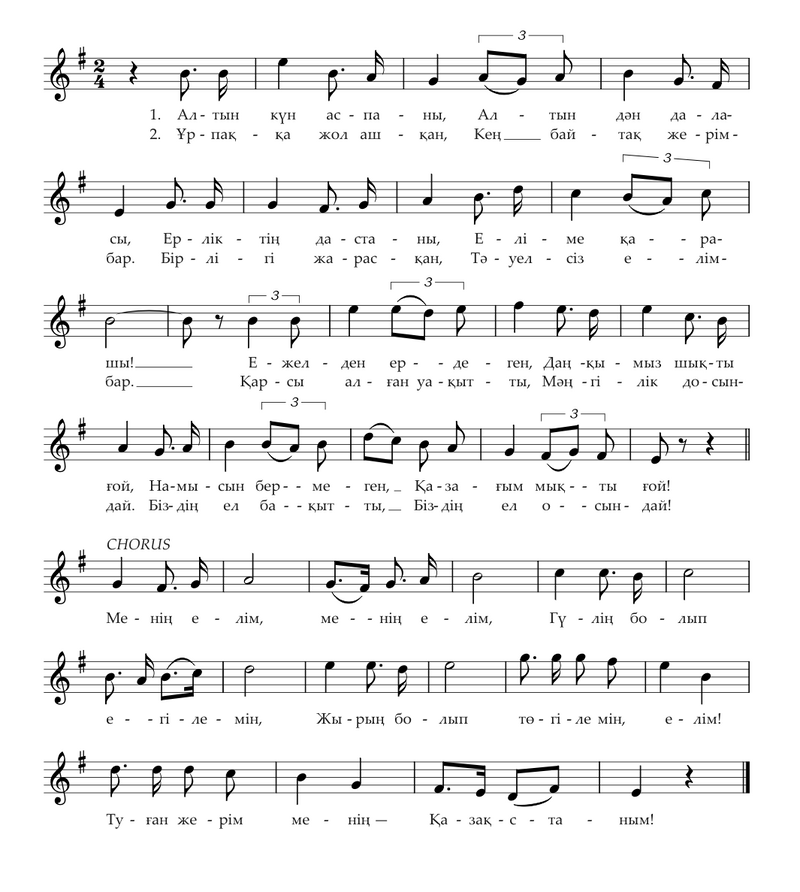Brief information about the museum
Museum «of Literature and art» was established by decree №14 of Kazakh SSR minister council on January 20, 1989, and was opened for visitors on June 22, 1993.
The museum is a scientific establishment in which research studies about famous improvisational singers, poets, writers from Akmola region and all over Kazakhstan. Uniqueness of museum of literature and art of Akmola region is the fact that there is only two such museums in Kazakhstan. A similar museum is located in Pavlodar.
The museum’s collection contains over 9 thousand of exhibits. There are personal items and original manuscripts, photos of Birzhan-sal, Akan Sere, Ukili Ybyrai, Baluan Sholak, Koken Shakeyev, Musa Asainov, Tursynbek Kakishhev, Saken Zhunusov, Tolegen Kazhibayev, Ibrahim Salakhov etc. Not only scientific-research studies are being carried, but also promotion of literature inheritance. Manuscript of Khoja Ahmed Yasawi’s book «Divan-i hikmet» dated XVI-XVII centuries represents special value. One of the most ancient exhibits is saptyayak which is 5 centuries old. Kabdollla Ualiev, a resident of Igilik village of Zerendi distict, presented this saptyayak, this vessel was a heirloom of Ualievs. Saptyayak is hollow out of solid wood. Wooden astau, designed for serving meat, and a two-headed ozhau for bottling kumyz, made of a hip bone of a camel, are also considered as valuable exhibits of the museum. These kitchen utensils were used by ancestors of Sakren Ashimova. Tauarikh Zhasauiev, a resident of Yeltai village of Zerendi district, donated torsyk and konek shelek (milk pail), made of leather, donated to the museum fund. Marat Koterbekov and Kametkanova Amantai from Madeniet village of Kellerov district handed personal items of Aktokta (Akan Sere’s beloved) a mirror, a German-made «Singer» treadle sewing machine, a dombyr of Sultan, the son of Aktokta and Zhalmukan. The museum’s collection also contains rare books in Arabic and Old Church Slavonic, dated from the XVIII-XIX centuries.






HISTORY OF THE BUILDINGS
The museum is located on M. Auezov street, building 163. It used to be related to Bazarnaya square as it was built by a merchant Ustin Ignatievich Korotkov in 1903 as a trading house. There were several isolated trading spaces in a one-floor brick building. The merchant implemented a manufactory in his shop and rented area out. For example, in the first decade of XX century sings hung on the front of the building: «Partnership «I.I.KOROTKOV and K.», «Trading House «M.H.SHAMSUTDINOV and K», «Sewing shop of «Singer» company» (Pre-reform Russian). Near the trading house there was a two-floor wooden house, where a merchant lived. After October revolution, in 1918, a building was municipalised but continued to be used as a shop.
And in 1934 the first, and for a long time the only, city cinema with 280 seats was opened there. During The Great Patriotic War, it was closed, but when it had been opened again, it became unrecognisable. Here is what «Stalin’s Banner» («The Steppe’s Lighthouse») newspaper wrote on November 1945: «Instead of neglected building city residents city dwellers are going to see a wonderful premise». Auditorium was expanded to 330 seats and equipped with comfortable armchairs. Walls and ceiling of the lobby were beautifully painted, it has a stage for an orchestra».
By decision of regional executive committee from September 8 1948 the cinema was given the name of Soviet statesman Andrei Zhdanov, and in 1964 it became the cinema for children and youth.
In 1989 it was renamed to «Youth». On March of 2009 the oldest cinema of the city was, unfortunately, closed. But the building with a more than a century history continues to serve people, the Regional folk art center was located here, and from November 20 2014 by decree of Akmola region Administration, the building was transferred to the museum of Literature and art.
In 2019, funds were allocated from a regional budget, the museum building was entirely renovated, in 2021 additional funds were allocated and interior exposition of the museum was reconstructed


Messages from the President
Manager's blog


